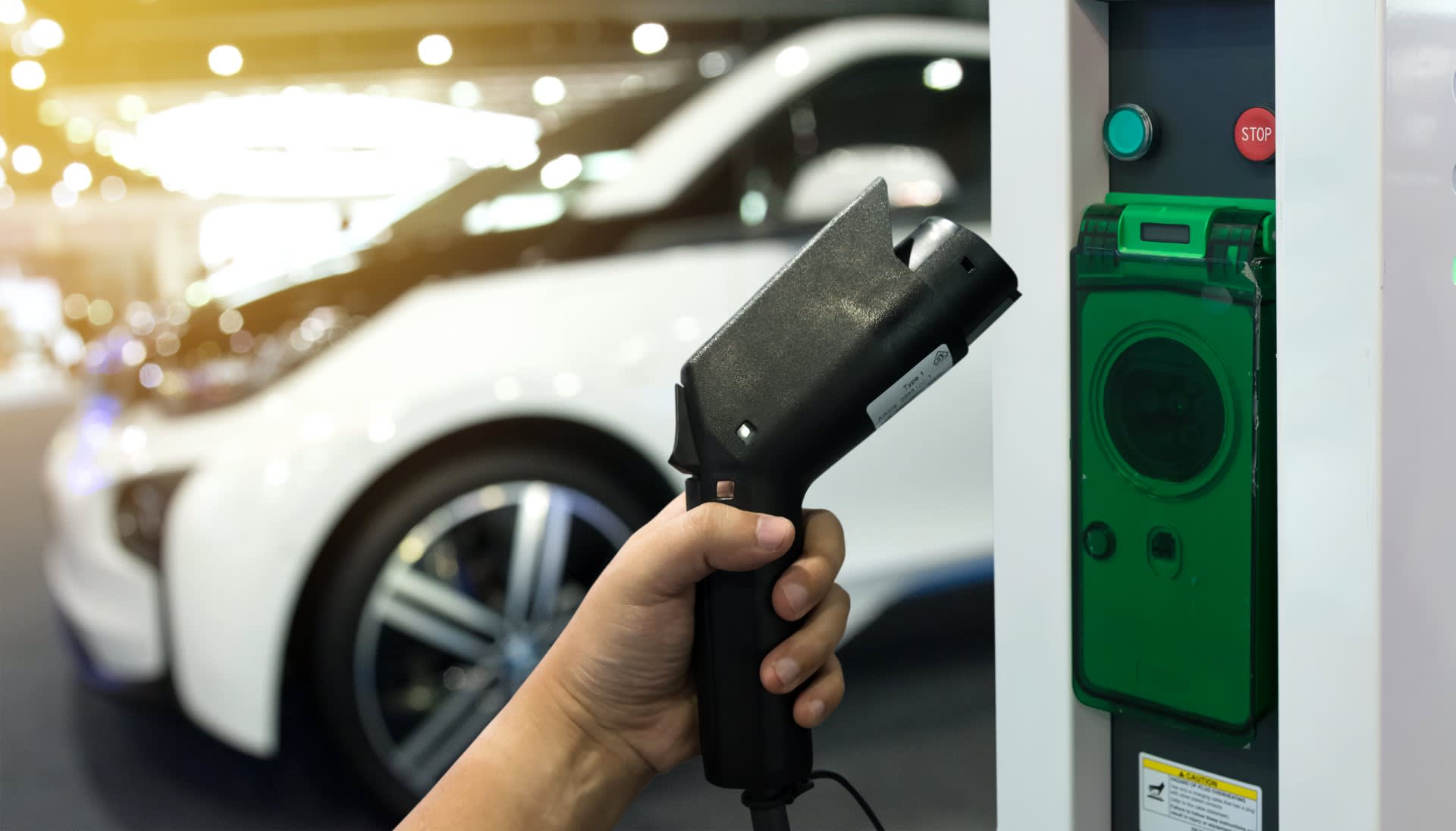5 questions to answer before you plan your switch to EVs
The transport sector’s the largest contributor to the UK’s greenhouse gas emissions, according to the Department of Business, Energy and Industrial Strategy (BEIS).
As the 2035 ban on internal combustion engine (ICE) vehicle sales approaches, organisations nationwide are considering how they’re going to react. Electrification – the process of switching from ICE vehicles to EVs – is an obvious option to update business fleets.
But what do organisations need to know in order to be sure electrification’s the right solution, and to help them plan for and schedule the transition? And how do energy and fleet managers prove to C-level executives that their organisations shouldn’t wait until 2035 to make the change?

What are the benefits of electrification?
It’s crucial when ‘selling in’ electrification that organisations are clear on the benefits it’ll bring.
Beyond ‘beating the 2035 ban’, there are two main drivers motivating organisations to transition to EVs.
The first is economics. The initial outlay required to introduce a fleet of EVs and a supporting charging infrastructure is large. However, electrification creates savings in the long-term through reduced fuel and maintenance costs and charge exemptions.
So, it’s important to know when your organisation’s electrification investment is likely to be covered by its cost savings. Calculating the total cost of ownership will help you answer this.
The second driver is environmental. Operating EVs rather than ICEs will dramatically reduce your fleet’s emissions and help improve air quality. But how far will this go to helping your organisation achieve its environmental and social governance (ESG) goals?
Understanding the likely CO2 reductions of electrification will help you project the environmental impact. Considering the visibility of your EVs will also be important in estimating the change in perception – from staff, customers and prospects – that electrification will bring.
Read more about selling in the benefits of electrification in our guide to building the business case for EVs.
Can EVs deliver on our operational requirements?
The biggest fear about electrification among decision makers is often whether EVs can deliver operationally. It’s essential that you’re clear transitioning ICE vehicles to electric ones isn’t going to have a negative impact on your organisation’s business-as-usual.
When considering the replacement of your existing vehicles, you need to work out how many, and which, are suitable for electrification. Start thinking about basic questions such as:
- Is the vehicle near the end of its useful economic life or lease? Would it be more economically advantageous to hold on and replace it later?
- Would the average daily mileage of the vehicle be achievable by an EV (without having to stop to recharge)?
- Does the vehicle usually spend enough time ‘idle’ during the day to enable daytime charging? (You’ll need to consider charge station speeds as well here – see point 3.)
- Does the vehicle provide special transportation functions (such as the ability to chill food)? This may limit the electric replacement options.
When answering these questions, look into the range of EVs available – it may surprise you. This includes a growing number of electric vans, with more being launched every year.
Can our organisation’s existing electricity infrastructure cope?
Understanding your electrical capacity at relevant sites – and the consumption requirements of charging facilities – is crucial before making a costly mistake. Consider:
- Your sites’ ‘headrooms’ – the difference between their existing energy consumptions and their capacities.
- What charging speed you’ll need your charge stations to have. The length of your vehicles’ ‘idle’ times, for example, governs how much time you have to charge them. Faster chargers, unsurprisingly, consume the most electricity.
- Whether charging will be more efficient at drivers’ homes. Home-charging installations are a whole new consideration – but they do reduce the charging burden on workplaces.
- Whether you want staff and visitors (and even the public) to be able to use your charging facilities for their own vehicles.
Are we on the best electricity tariff for EVs?
Changing your fleet to EVs will require on-site charging facilities, which in turn will result in your organisation consuming more electricity. Depending on how much power you use and when you use it, it may be beneficial to change your tariff to one better suited to EV owners.
If your sites don’t already have renewable electricity generating capacity, and there’s scope to accommodate it, you may want to consider planning for solar panel or wind turbine installation.
Another thing to consider when planning for the extra consumption is whether your EVs can store electricity for you. Using them in this way gives you options to optimise efficiencies and/or generate income.
Charging EVs when energy costs are low and deploying their power for your buildings to use when costs are high is an economical energy management strategy. Selling the energy back to the National Grid when costs are high – using vehicle-to-grid technology – provides revenue potential for you and stability support for the Grid.
Who can support us with the transition?
Switching your organisation’s fleet(s) to EVs isn’t a straightforward process, so knowing an expert partner to turn to could prove invaluable.
In 2020, utility provider SES Water turned to Drax Electric Vehicles to initiate its electrification journey. Drax managed the conversion of specifically identified vehicles and supplied renewable source electricity with which to charge them.
Laura Pludamore, Head of Corporate Services at SES Water, said "Drax helped us analyse the costs involved in expanding our EV fleet. This made decision making easier as we were able to compare options against our existing costs."
For more insights on switching your fleet to electric vehicles, download our 8 step guide to fleet electrification.
Download the guide

